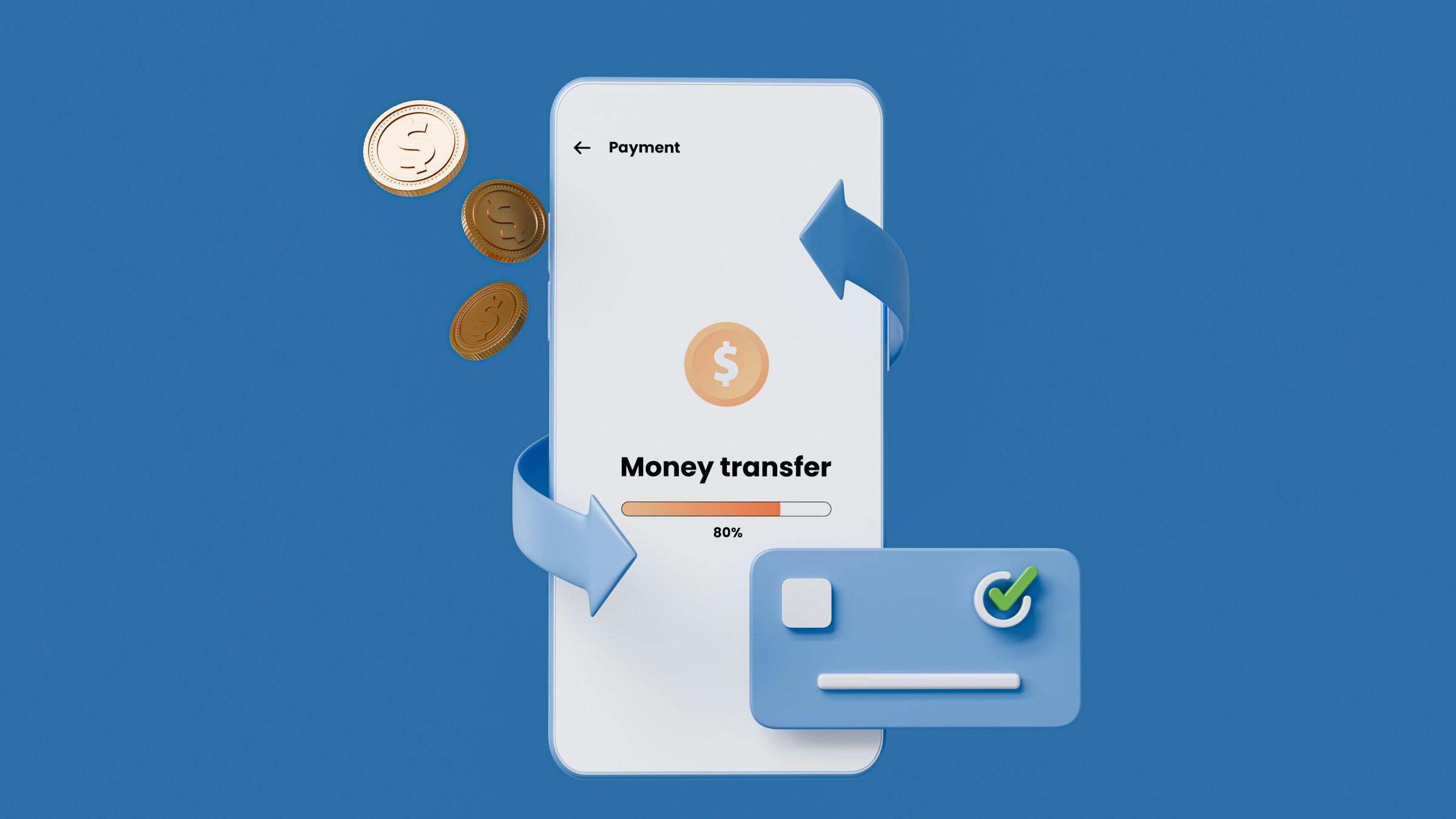The first time a founder tells me that deciding alone is faster, I do not argue. In the harsh light of an early stage, speed feels like oxygen. You ship, you fix, you ship again, and the company lives to see another month. What rarely gets counted is the cost that arrives later, the day you need other people to carry the plan when you are not in the room. That is when the limits of the solo call become visible. It is also when you discover the practical value of involving your team in decision making.
Leaders sometimes keep others out of the decision not because they dislike collaboration, but because decisions expose fear. If I am wrong, I would rather the blast radius be small. If I am right, I want the win to be clean. These are natural impulses. They also build a company that depends on one person to steer while everyone else pushes from behind without knowing where the road bends. Involving the team changes the foundation. You trade a little neatness for a lot of oxygen. You let people see the messy context that shapes the call. You invite them to challenge the assumptions that hold it up. You allow them to practice the kind of thinking you will one day need from them when the market shifts on a Tuesday and you are on a plane. That practice is the real dividend of inclusion. It is not about turning every decision into a vote. It is about building leaders who can hold the line with context, judgment, and care.
There is a persistent myth that participation slows the room. It only does when the room turns into a town hall with no edges. Many founders confuse inclusion with consensus, and then conclude that inclusion is expensive. You do not need everyone to agree for a decision to be strong. You need shared context, a clear owner, a time boundary, and a way to disagree without pausing execution. Bring people in, let them sharpen the problem and surface tradeoffs, and then draw the line. That rhythm is not bureaucracy. It is leadership.
I have watched leaders present a plan as a finished meal. Heads nod. A few people add seasoning. No one feels safe enough to say the chicken is undercooked. Two months later, churn rises or costs creep and the founder concludes that the team lacks urgency. The team did not lack urgency. The team lacked permission to touch the recipe. When people have no fingerprints on a decision, they will not fight for it when the road gets bumpy. Ownership arrives when people see their thinking reflected in the path forward. Once they see themselves in the plan, they will defend it to customers, boards, and vendors without being asked.
Inclusion also protects you from your own story. Founders must be persuasive. That skill can turn a hill into a beach if it goes unchallenged. When you ask the people who must climb with you to inspect the map, they puncture the dream where it needs air. The most valuable questions are not grand speeches. They are practical and specific. What happens to cash if conversions land at half the pilot rate. Who owns the integration timeline if the partner slips by two weeks. Where does the alert go when a client breaks the service level at two in the morning. Questions like these are not mood killers. They are scaffolding. They keep conviction upright when reality begins to lean on it.
The point of involving people is not to distribute equal weight to every voice. It is to make the system visible so weight sits where it belongs. When a product manager hears the commercial risk, and a salesperson hears the technical constraint, each person begins to see beyond a narrow lane. That shift from lane to system is how you turn task doers into operators who can protect margin and morale at the same time. It is the difference between a team that waits for orders and a team that anticipates second and third order effects.
Founders often ask for a practical script. They want to involve the team without losing control of the decision. The method is simple enough to work across cultures and functions. Start with a one page problem statement that names the outcome at risk and the constraints that matter. Share the main options you have considered, including those you rejected and the reasons you did so. Invite a first round of questions that clarify the frame rather than push a preference. Then invite a second round where people make recommendations and show the tradeoffs. Name the decider. Name the date the decision will be made. Make the call and publish the why. Assign owners for the first steps after the decision. Close the loop with a date to review what happened. Compress the cycle so it fits the stakes. A week is often enough for a significant choice if the frame is clean. If the process stretches without reason, the problem was probably muddy, not the people.
Some leaders fear that more voices mean more politics. In reality, politics grow in the dark. When people do not understand why a choice won, they invent a story. When the logic is on the table and tradeoffs are acknowledged openly, rumor has less air. Inclusion signals a culture of adult conversation. We deal with constraints rather than bury them. We name risk without shaming the owner. We measure outcomes rather than performance theater.
There is also a regional layer that matters. In Southeast Asia and across the Gulf, respect for hierarchy can mute early dissent. Good people wait for the most senior voice, then optimize around the spoken plan. You do not fix this with a poster about psychological safety. You fix it by designing meetings where the most junior operator speaks first about the data they own. You fix it by asking the person closest to the customer to present the risk, and by asking the most senior person to repeat what they heard before they offer a view. You fix it by rewarding the early catch, not only the late rescue. Over time, the company learns that clarity and courage are not punishable events.
Bringing the team into decisions also reframes speed. There is the speed of an announcement and there is the speed of adoption. A solo call feels fast at the front because the decision is immediate. A collaborative call moves faster after the first week because the people doing the work already understand the why and the tradeoffs. They do not need to be convinced each morning to keep going. They wrote the plan. They can defend it when a client pushes back or a board member asks why you ignored a flashier path. Execution speed is not only legs. It is also lungs. Inclusion builds lungs.
You will not get this balance perfect. At times you will open a decision that did not need to be opened. At times you will invite too many people for the scope of the problem. Learn the difference between informing, consulting, and co deciding. Informing is a courtesy to create alignment. Consulting is a request for input with the understanding that someone else will decide. Co deciding is rare and should be treated with care. The smaller the company, the more you will live in the first two. As you scale, you will use all three. The crucial move is to name which mode you are in so that no one has to guess the rules while the clock is ticking.
If you want a quick health check, pick a recent strategic choice and ask three people on different teams to explain why you made it, what tradeoffs you accepted, and who owns the first milestone. If the answers align, your process is working. If they drift, you have a communication habit to build. Do not blame the team for the gap. Close the loop by making the why visible. The why is the fuel that turns a decision into momentum.
Founders carry a lot, and many believe that their job is to absorb ambiguity so others can move without fear. There is some truth in that instinct. There is also a risk. If you shield the team from ambiguity too completely, you teach them to wait for you. The market will not wait. Teach people to think in tradeoffs by letting them witness yours. Invite them to see how you weigh risk against opportunity, cost against time, and customer value against internal complexity. That is how you create leaders who can hold the plan when a customer threatens to churn or a supplier misses a shipment during a holiday cycle. That is how you earn the right to take a real holiday without the company holding its breath.
Involving the team is not a moral preference. It is an operating choice that compounds. Every decision becomes a classroom. Every classroom produces someone who can teach another person. This is how a small company becomes durable. Not because the founder is flawless, but because the founder built a room where good thinking is normal and responsibility is shared on purpose. If you are unsure where to start, choose one meaningful decision this month that will not sink the company if it goes wrong. Run the process with clear roles and a tight timeline. Watch what happens to energy, ownership, and follow through once the call is made. Notice who steps forward with initiative you did not request. That quiet return is the signature of inclusion. It does not trend on social media. It shows up in the way your team behaves when the real work begins.
The goal is not to be liked. The goal is to build a company that gets smarter every time it decides. Bring people into the room. Give them the frame. Let them argue with care. Make the call. Then let them run. That is how you scale beyond yourself. That is how you turn speed into something you can sustain.




.jpg&w=3840&q=75)




.jpg&w=3840&q=75)


.jpg&w=3840&q=75)


